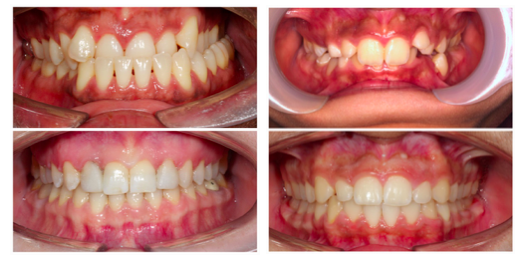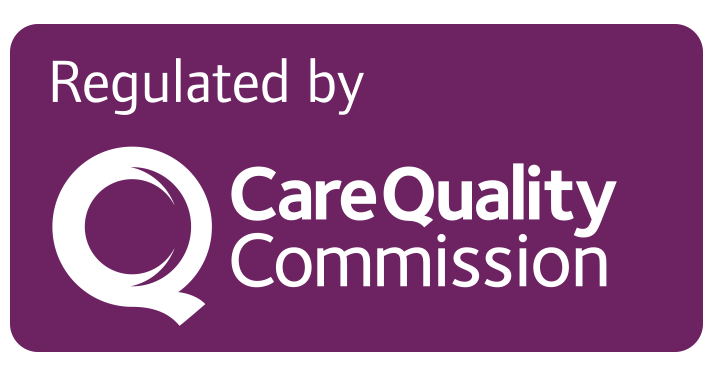Relationship between Bruxism and Malocclusion
There is a relationship between bruxism and malocclusion (misaligned teeth or incorrect bite). Malocclusion can cause the teeth to fit together improperly, which can lead to bruxism. When the teeth do not fit together correctly, the jaw muscles may be forced to work in a way that is not natural, resulting in tension and stress. In response, the person may grind their teeth or clench their jaw, exacerbating the malocclusion.
On the other hand, bruxism can also cause malocclusion. The chronic grinding and clenching can wear down the teeth, causing them to become misaligned over time. Additionally, the pressure put on the teeth from bruxism can cause them to shift or move, which can ultimately change the overall bite.
In addition, Temporo-mandibular Joint disorders can result from grinding or clenching your teeth, and can lead to headaches and jaw pain. Misaligned bite patterns, crowded teeth or other dental imperfections can contribute to this disorder. Orthodontic treatment can help alleviate or even prevent TMJ problems by creating proper bite patterns.
Overall, malocclusion and bruxism can interact in a complex manner, and each can contribute to the other. In some cases, correcting malocclusion may relieve the symptoms of bruxism, while in others, managing bruxism may be necessary to prevent further misalignment of the teeth. A dentist or an orthodontist can evaluate the situation and recommend a treatment plan that is specific to each person’s needs.
Call us if you would like to discuss your concerns. Our dentist at Sonria, will be
only too please to assist you on this matter.
You can find us at 25 Devonshire place, W1g 6JD.
Tel: 02072241402






Leave a Reply
Want to join the discussion?Feel free to contribute!